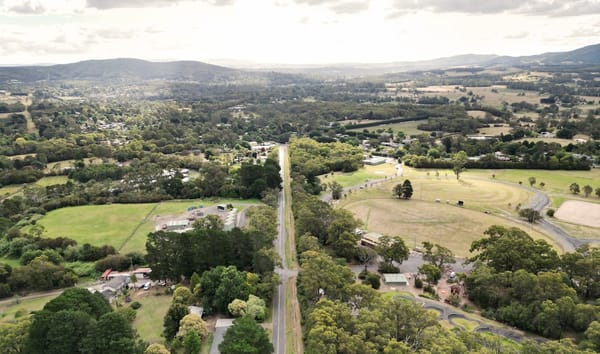Exploring the weaving of Narrative Change & Systems Change
Beyond storytelling as communication about what has happened, toward creating meaning and collective action for intentional change in our world.
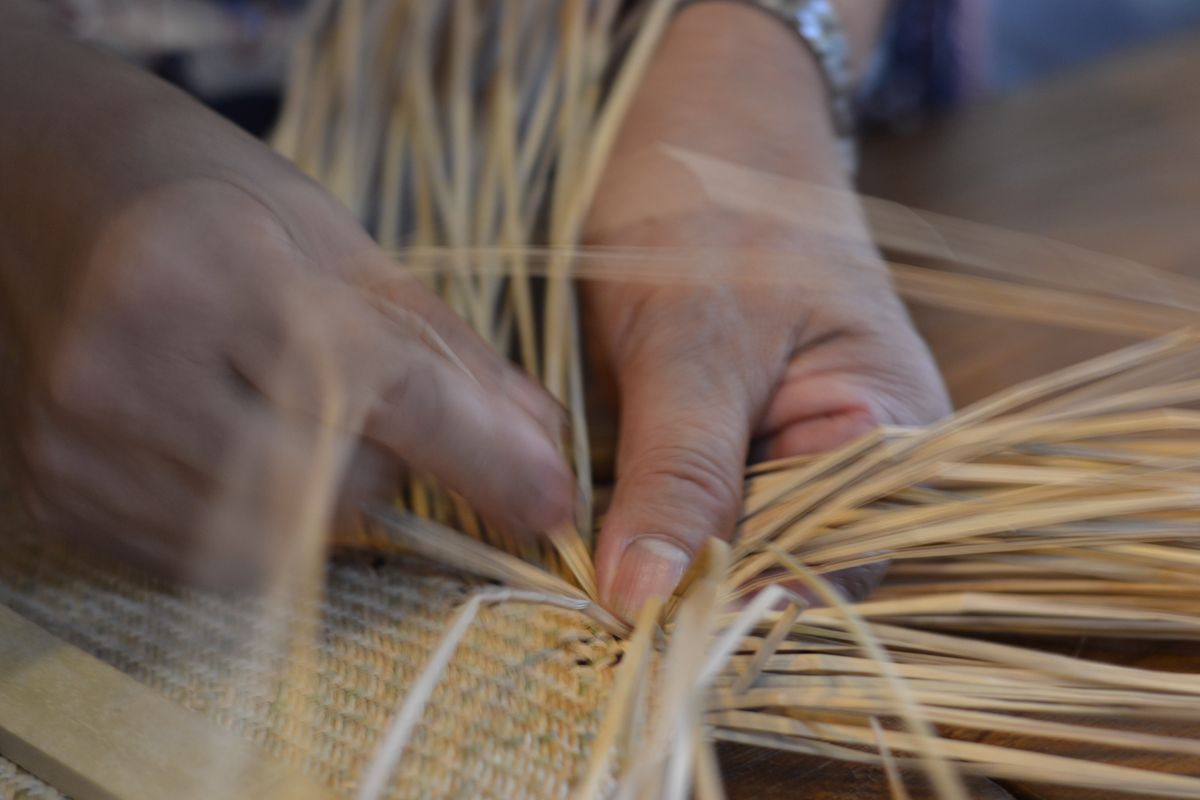
The hare and the tortoise. Goldilocks and the three bears. The little boy who cried wolf.
These stories have been passed down through generations and have influenced the behaviour and morals of many people around the world. Stories are powerful, an aeons-old way of connecting, sharing knowledge, and helping us make sense of the world.
This post aims to explore how we go beyond storytelling as a form of communication about what has happened, toward creating meaning and collective action toward intentional change in our world. My work in this space has primarily been shaped whilst working toward creating a movement of people who are taking action for nature in Australia, as well as a decade of communications and marketing work in various for-purpose domains.
What is narrative?
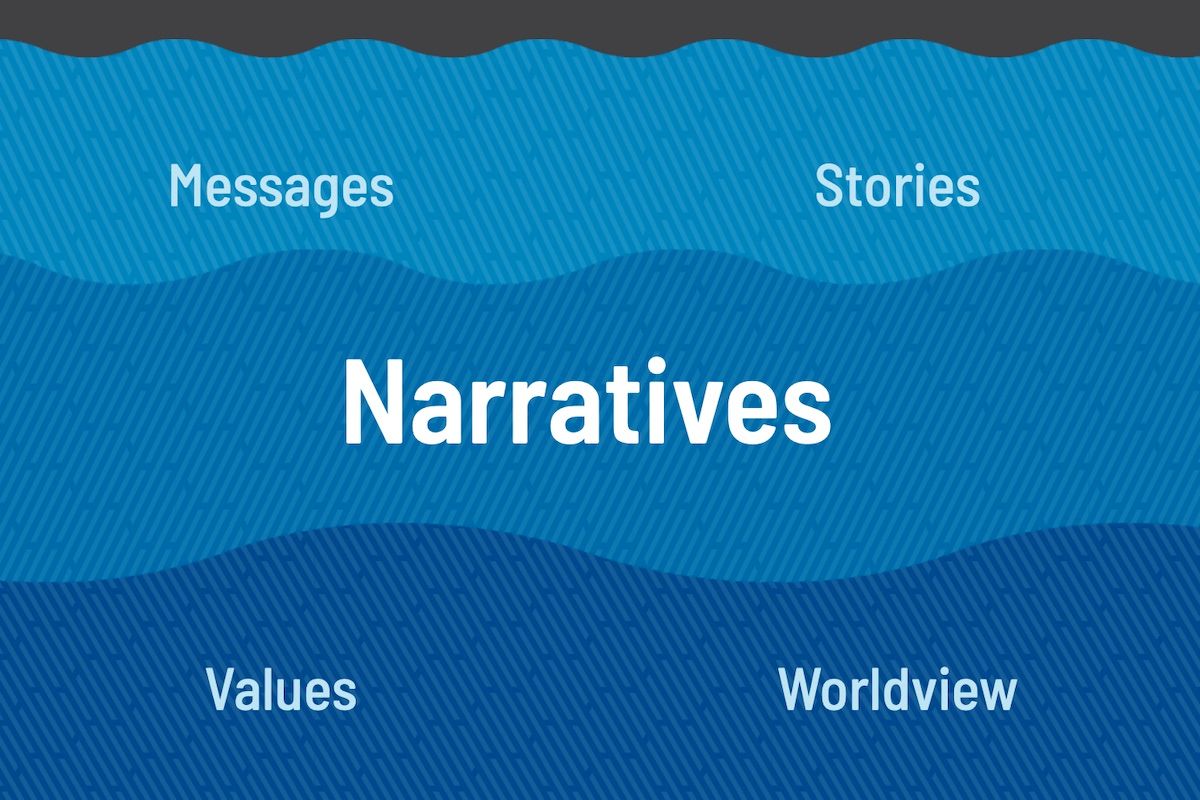
This Waves model is from Narrative Initiative and helps us to understand the relationship between messages, stories and the mediating effect of narrative which both shapes and is shaped by our values and worldview.
Narratives are a collection of messages and stories received over time. Narratives infuse stories with deeper meaning.
– Narrative Initiative
A familiar narrative:
Sharks are vicious predators that frequently attack and kill human beings. They pose an imminent and constant threat.
Stories share that something happens to someone or something. Stories bring narratives to life by making them relatable, accessible and even personal.
A story:
Five swimmers were attacked by sharks along the East Coast of Australia. Four swimmers died. As widespread fear and panic grips the area, the decision is made by politicians to increase anti-shark coastal defences and to eliminate. A team is assembled to track and hunt the shark from the air, and it is killed shortly after.
Further below the surface we find values and worldviews. Worldviews are embedded and pervasive in culture. We use them to understand history and current events while informing identity, community and belonging. Values and worldview shape our relationship to sharks: Humans and nature are in continual battle; we’re defenseless against nature; we fear the unknown.
"I think of a narrative like a song, that leaves you with a feeling. It isn’t just a piece of news, but something that stays with you, sits in you, and makes you think...you aren’t aware that you are getting a message, but it travels through you."
– Journalist, Rohini Mohan
It's worth noting that 'Causal Layered Analysis' (Inayatullah, S., 1998) has a very similar take on the the layers at play. You can watch Sohail Inayatullah talk about CLA as a research method here:
What is Narrative Change?
According to Narrative Initiative:
A narrative reflects a shared interpretation of how the world works. Who holds power and how they use it is both embedded in and supported by dominant narratives. Successful narrative change shifts power as well as dominant narratives. Narrative change, writes Brett Davidson, “rests on the premise that reality is socially constructed through narrative, and that in order to bring about change in the world we need to pay attention to the ways in which this takes place.”
According to ORS Impact's "Measuring Narrative Change" Report:
"Narrative change is about shifting that kind of definitional power to advance broader social change. It is the effort to challenge, modify, or replace existing narratives that perpetuate inequity and uphold an unjust status quo, through the creation and deployment of new or different narratives.
"Narrative change is not about… changing which news reports get broadcast. Rather, narrative change is about reworking the stories that come to mind after we hear that news. It’s about rerouting the path between what we hear and how we make meaning of [something.].”
—The US Partnership on Mobility from Poverty
In part, then, narrative change is geared toward changing people’s hearts and minds, shifting the “underlying values and beliefs” that get activated around a certain issue.
It is also, importantly, about developing the infrastructure to make those shifts powerful: to “create leverage over those who set the incentives, rules, and norms that shape society and behavior”, opening the space for new narratives to “achieve real impact at the policy, politics, and cultural levels”.
As Jess Berentson-Shaw & Marianne Elliott from The Workshop share:
Research shows us that how people talk about issues can change how others think and act. Deepening people’s understanding of issues means learning about and shifting mindsets. This shift is necessary for changes that make the biggest difference to people's lives and the planet's health.
For me, Narrative Change is a practice which explores how to expose, shift, and transform the deep patterns on which we build our worldviews and the stories which perpetuate them. Accepting that institutions, policies, even constitutions of nations stem from 'collections of stories' can be challenging, but if you ultimately decide to accept that - you open yourself to the idea that the world we live in can be remade through our collective imagination.
What do we mean by systems change?
As outlined in NPC & Lankelly Chase’s “Systems Change: What It Is And How To Do It”, systems change can be explained as:
“an intentional process designed to alter the status quo by shifting the function or structure of an identified system with purposeful interventions.”
I also appreciate the School For Systems Change's approach:
Firstly, we understand systems change as an outcome.
Secondly, we understand systems change as a process.
Thirdly, we see ‘systems change’ as a statement that invites us to consider our worldview and our beliefs about change itself.

How do they intertwine?
If narrative infuses our stories with deeper meaning, and those stories bring that narrative to a greater audience, then what is this “deeper meaning”?
Well, if those narratives are about what needs to change – be it a behaviour, an activity, or something else, then we’re developing an intentional process to alter the status quo.
In other words, it's a process, focused on an outcome, which is inviting us to consider our worldview.
This begs the question – how do systems change?
Esteemed systems practitioner, Donella Meadows, talks about a range of leverage points through which change may occur. At one end of the spectrum – the least effective ways of changing the outcomes of a system: changing the constants, parameters & numbers of the system. At the other end, according to Meadows, the most effective leverage point: The mindset or paradigm out of which the system — its goals, power structure, rules, its culture — arises.
Referencing back to the Waves model, the link becomes clear. Narrative is a bridge through which can address deeply held values and world views – i.e. the mindset or paradigm out of which the system arises.
Donella Meadows was one of the first to admit that she didn’t have all the answers, critiquing her own understanding of change in her last article before her passing “Dancing with systems” in which she acknowledged the evolving understanding of emergent, unpredictable complexity over the cause-and-effect paradigm of some systems thinking practicioners.
Some recent takes on systems change include Fraser & Glass’s adaptation of Geels’ Transition theory into The Power Shift Framework by Tatiana Fraser & Juniper Glass:
They explore the concept of scaling deep, which is ‘bringing about change at the cultural and personal levels’.
All the work to center lived experience and to deepen relationships in the community are scaling deep. This work is relational and it includes shifting mindsets, perceptions, cultural practices, habits and values. We believe that without such profound shifts, changes in structures and policies may not be sustained over time or have the desired impact.
- Scaling Deep, Systems Sanctuary
The focus on addressing mindsets, perceptions and values in this work has clear alignment with the potential for deeper narrative change practice.
As FrameWorks, a think tank and research body writes:
“Creating progressive social change is not like marketing a product. It’s not about getting people to click a “buy” button or vote for a candidate. It’s about understanding problems. It’s about seeing solutions. It’s about building the will to support those solutions.”
Likewise Davidson shares in ‘The role of narrative change in influencing policy’, narrative has the ability to affect individual decision making and politics (and thus the policy process as well).
As Human Learning Systems (Lowe, 2021) puts it:
"In complex environments, continuous learning is required because there is no such thing as “what works” at a programme level – there is no standardised programme which is “best practice” for all times and in all places.
In complex environments “what works” is the continuous process of learning and adaptation."
As we know, learning and adaptation is often mediated through the medium of stories we draw out and apply to existing narratives. Yet Psychology also offers us new insights into how we might use these reflections and stories to challenge the narratives we hold about ourselves and the organisations we work for.
The question of scale inevitably comes up when you talk about systems change, and I spent a fair bit of time thinking about this during my Masters. I eventually landed down the end that Odin Mühlenbein put forth in 'Systems Change: Big or Small', that not all systems change work needs to be massive in scale. He differentiates by talking about 'targeted systems change':
"Targeted systems change is more specific, smaller in scope, and often more closely related to ideas and networks that social entrepreneurs are already familiar with. Obviously, it’s important to keep the bigger picture in mind. But the goal is to use a targeted systems change as the focal point for an impact strategy, combined with a clear rationale how that that change promotes the big vision."
This brings us closer to where ultimately I feel Narrative Change and Systems Change meet - coalescing 'smaller' changes around bigger visions. I believe shifting narratives is about shifting systems, and this deep layer of change is important to long lasting efforts to shift systems which have strongly entrenched dynamics.
This has been known and practiced for aeons around the world - it's just one reason that many cultures have placed great importance on storytelling and knowledge-keeping.
Ultimately the stories we tell create the worlds we inhabit.
Damon Gameau has a wonderful way with words, and his recent talk about storytelling is well worth spending a few minutes watching, as he retells the story of humans and nature:
So, now we all need to do narrative change, too?
No. Clearly not. This article isn't saying that narrative is some kind of silver bullet, it very much is not. Narrative practice offers an important tool for people working in communications for projects and organisations seeking change, as well as for systems practitioners looking to establish ways and means to bring about change.
As Ella Saltmarshe offers in 'Using Story to Change Systems':
Story helps illuminate the past, present, and future, thus lighting up the paths of change. Specifically, it highlights the fault lines in a system and makes visceral cases for change. Story illuminates outliers and builds a cohering narrative around their work. Story shines a light on visions of the future that change the way people act in the present.
Story is also a tool for building community through empathy and coherence. It enables people to connect across difference and to generate narratives that hold together groups, organizations, and movements.
What is the potential of metaphor and visual narrative in this work?
As we've explored above, we're always seeking to create change from within an existing context where myths and stories are already well established. Anything that can help to disrupt or expose those deeply held narratives, can be a tool for change.
Both Narrative Change and Causal Layered Analysis invite us to delve down to the layer where metaphor lives. Indeed "Metaphors We Live By" (Lakoff and Johnson, 1980) outlines a pretty compelling argument that metaphors are the main organising principle we use to rapidly process and categorise new information and stories.
Metaphors paint pictures with words, tapping into existing or new imagery to convey meaning. Change the metaphor, we change the frame that people receive the information that comes after. You can read about a few examples I shared here:

Likewise visual narrative (images that tell a story) has the power to subconsciously trigger or lock in a narrative in a fraction of a second, long before the more rational parts of our brain have a chance to interpret text.
In theory, combining written or spoken stories (potentially metaphors) with supporting visuals has the potency to transform our views on a topic, whilst anchoring them in our visual cognition and recall.
Here's an example:
When someone says 'flatten the curve' - are you taken back to early covid times? What image or images spring to mind? What was the purpose of flattening the curve?
Flatten the curve – coronavirus response from NZ:
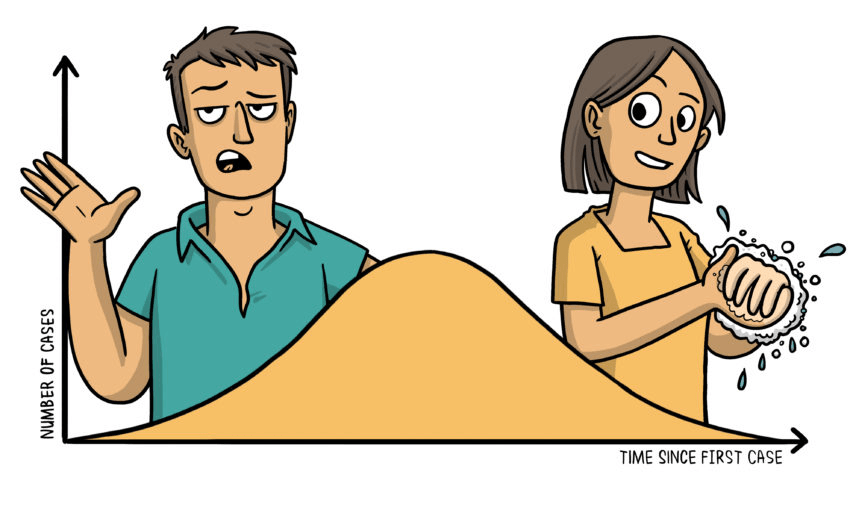
Metaphor and accompanying visual narrative. Genius.
Here's the 2022 edition as well in case you haven't seen it...
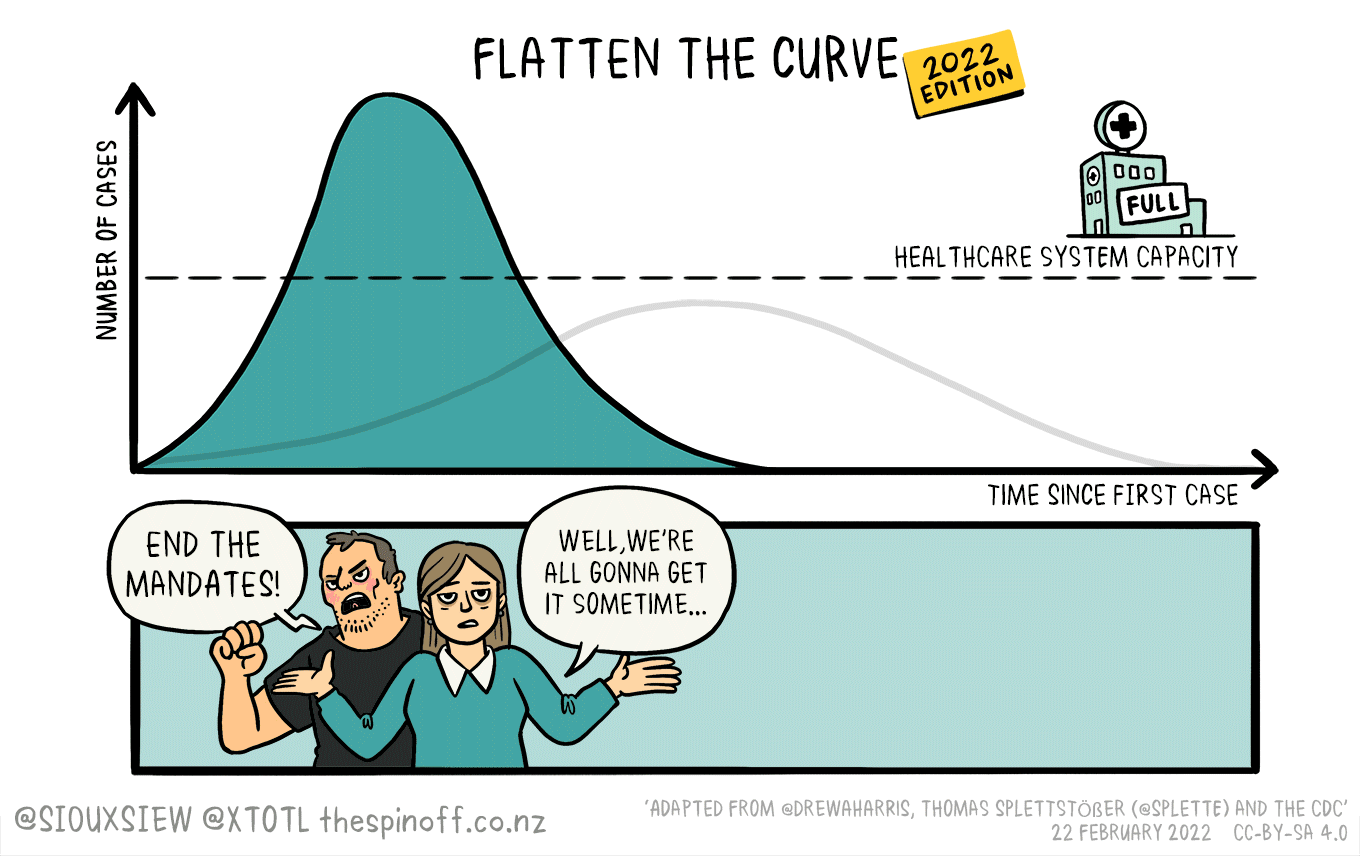
Ethics?!
If we’re trying to change people’s attitudes and beliefs, isn’t that just like marketing? Can it be used for evil?
Well, yes. Approaching narrative work with an ethical framework in place is really important. Brighter people have talked about this than I, so I would absolutely defer to Chapter 3 in Hanna Meretoja's book on The Ethics Of Storytelling.
Conclusion
Thanks for making it all the way through!
Some quick takeaways:
- Narrative Change is about exposing, disrupting and challenging deeply held narratives. Doing so, we can open up new possibilities for people to understand the world and live into new stories - creating change in a wide variety of ways.
- Systems Change is about changing the patterns and dynamics which create and hold a system in place, allowing us to influence the outcomes for the better, through a process which causes us to (re)consider our worldviews and narratives.
- They intertwine through stories we choose to highlight, or ones we choose to tell. Sometimes stories can unpick our narratives, and other times changing narratives can cause us to share new stories.
- Narrative change could be a useful tool for communications practitioners working on projects and in organisations seeking change. It can also be useful for change practitioners looking for new strategies to bring about change.
- We're hard wired for stories, AND many of us are also visual creatures - so combining spoken or written narrative/stories with visuals can be extremely powerful.
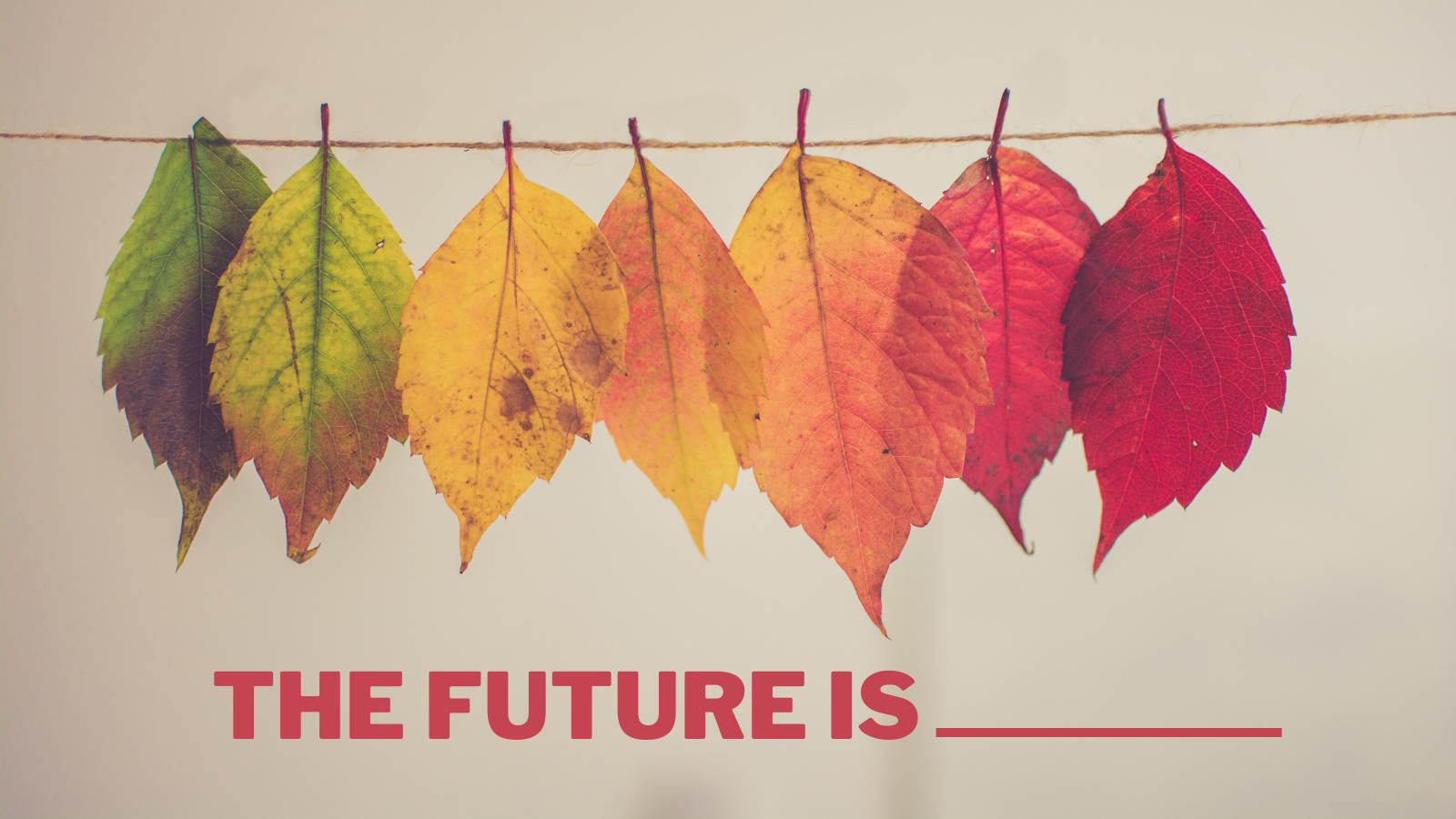
Resource links:
Towards New Gravity Report - https://narrativeinitiative.org/resource/toward-new-gravity/
Waves – a model for deep narrative change - https://narrativeinitiative.org/blog/waves-a-model-for-deep-narrative-change/
Using story to change systems - https://ssir.org/articles/entry/using_story_to_change_systems
Role of narrative change to influence policy - https://onthinktanks.org/articles/the-role-of-narrative-change-in-influencing-policy/
Mapping the Landscape: How to Talk About Systems Change in Aotearoa New Zealand - https://www.theworkshop.org.nz/publications/mapping-the-landscape-how-to-talk-about-systems-change-in-aotearoa-new-zealand-2021
Oxfam - Narrative Power and Collective Action: Conversations with people working to change narratives for social good - Part 1 - https://policy-practice.oxfam.org.uk/publications/narrative-power-and-collective-action-conversations-with-people-working-to-chan-621020
Oxfam - Narrative Power and Collective Action: Conversations with people working to change narratives for social good - Part 2 - https://policy-practice.oxfam.org.uk/publications/narrative-power-and-collective-action-conversations-with-people-working-to-chan-621085
Systems Change: What it is and how to do it (NPC & Lankelly Chase) - https://www.thinknpc.org/resource-hub/systems-change-a-guide-to-what-it-is-and-how-to-do-it/
Example of ABC news story addressing the shark narrative with fairly standard fact-based reporting: https://www.abc.net.au/news/science/2020-10-15/shark-predators-attack-ecology/12660588
The practice of ‘protecting Australians from sharks’ actually kills 100s of sharks every year, and some say it doesn’t make us any safer: https://sharkchampions.org.au/issue/culling/
FrameWorks – tapping into power of metaphors - https://www.frameworksinstitute.org/article/tapping-into-the-power-of-metaphors/
Power of Visual Narrative: https://narrativeinitiative.org/blog/thinking-with-our-eyes-understanding-the-power-of-visual-narrative/
Visual Story Lab – The power of imagery to drive new narratives Pt 1 - https://www.resource-media.org/thinking-with-our-eyes-the-power-of-imagery-to-drive-new-narratives-part-two/
Visual Story Lab – The power of imagery to drive new narratives Pt 3 - https://www.resource-media.org/thinking-with-our-eyes-the-power-of-imagery-to-drive-new-narratives-part-three/
Donella Meadows - Leverage points to intervene in a system - http://donellameadows.org/archives/leverage-points-places-to-intervene-in-a-system/








